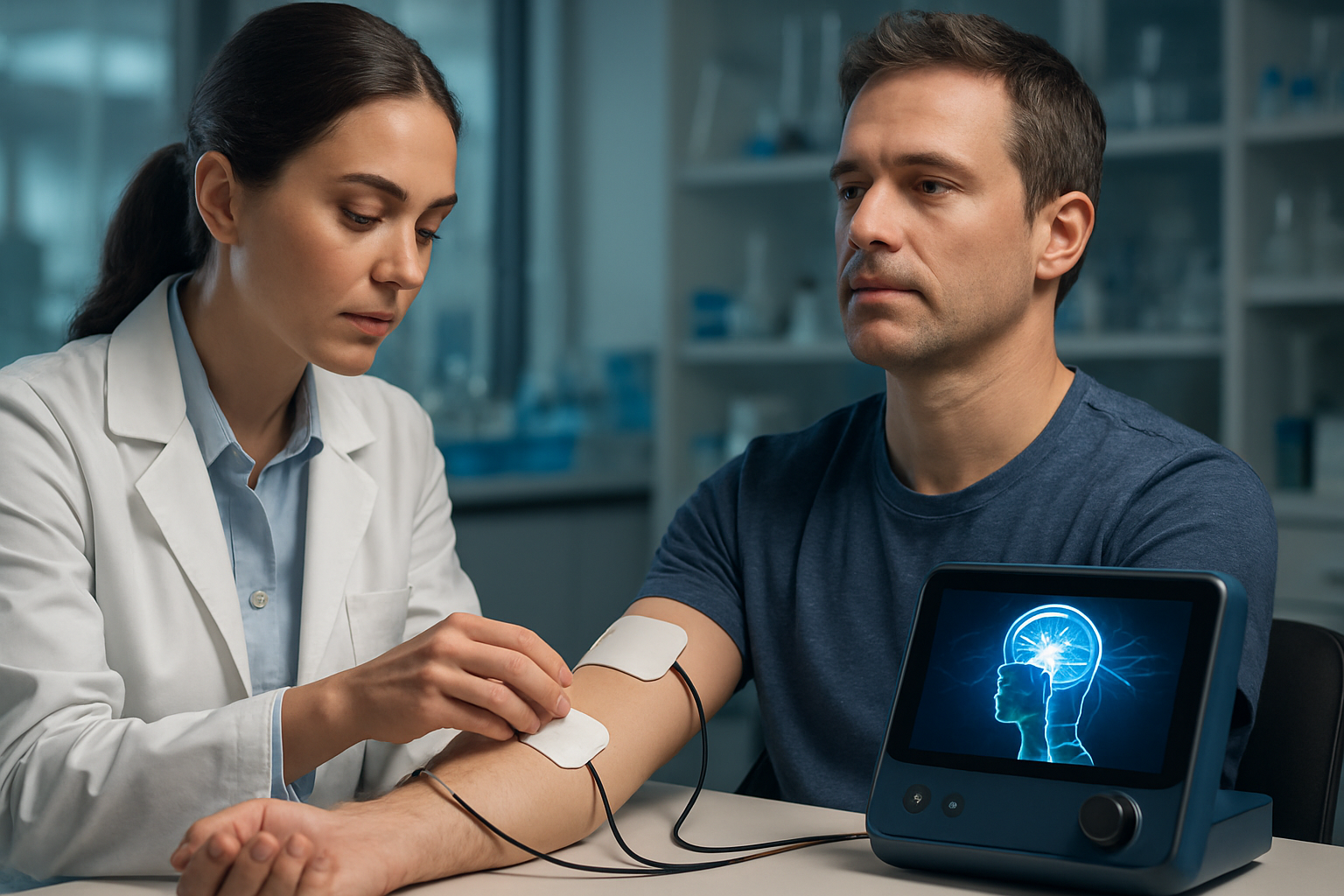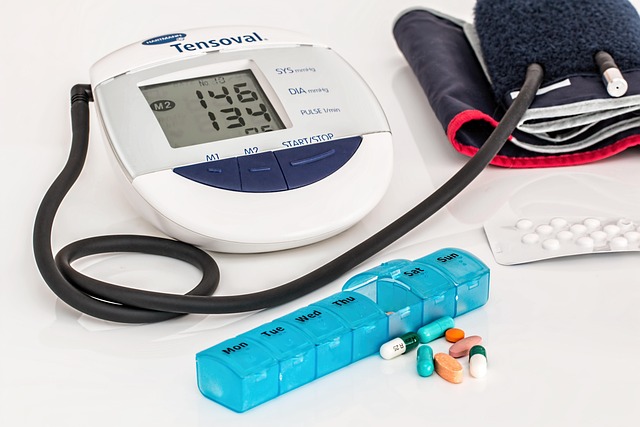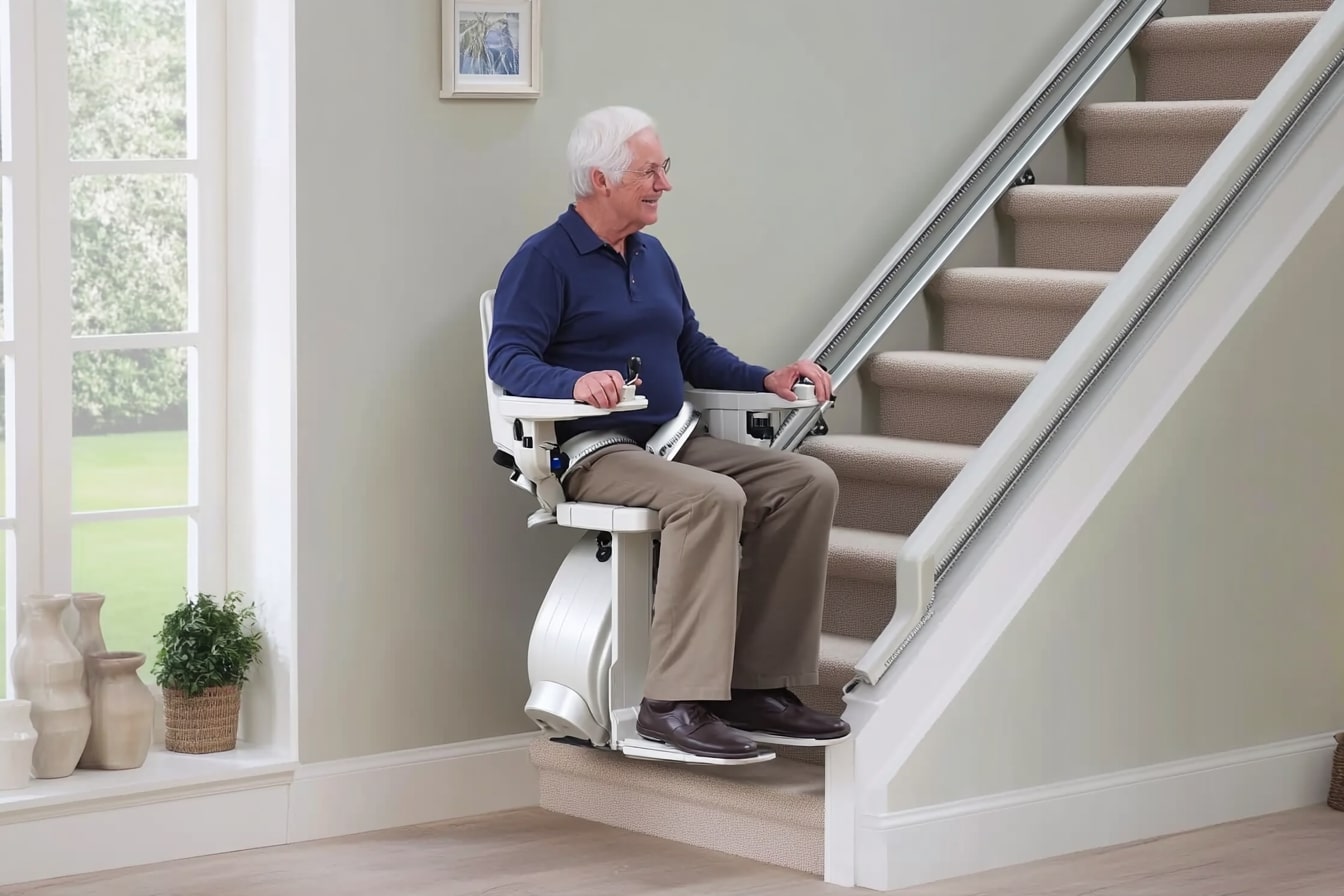New Advances in Erectile Dysfunction Treatment: What Experts Are Saying
Erectile dysfunction is more common than many realize, but effective solutions are evolving rapidly. Medical experts are exploring a range of treatment options—from established therapies to innovative, research-backed approaches. By understanding the underlying causes and learning about the latest advancements, men can work with healthcare professionals to find safe, effective strategies tailored to their needs.

Understanding the Latest Erectile Dysfunction Treatments
The landscape of ED treatment has transformed dramatically over the past decade. Traditional first-line treatments like PDE5 inhibitors (sildenafil, tadalafil, vardenafil, and avanafil) remain effective for many patients, but they’re now complemented by newer approaches. Low-intensity extracorporeal shockwave therapy (Li-ESWT) has emerged as a promising non-invasive option that may address underlying vascular causes rather than simply treating symptoms. This therapy uses acoustic waves to stimulate neovascularization in erectile tissue, potentially improving natural erectile function over time.
Platelet-rich plasma (PRP) therapy represents another cutting-edge approach being studied. This procedure involves extracting platelets from a patient’s blood and injecting them into the penile tissue to promote healing and potentially rejuvenate erectile function. While still considered experimental by many medical organizations, early studies show promise for certain patient populations, particularly those who don’t respond well to conventional treatments.
Medical Research on ED: Breaking New Ground
Recent medical research has significantly deepened our understanding of erectile dysfunction’s underlying mechanisms. Studies increasingly recognize ED as a potential early warning sign for cardiovascular disease, with shared risk factors and pathophysiology. This connection has led researchers to investigate treatments that address both conditions simultaneously, particularly focusing on endothelial dysfunction and nitric oxide pathways.
Stem cell therapy represents one of the most innovative frontiers in ED research. Mesenchymal stem cells, which can differentiate into various cell types, have shown potential in animal models to regenerate damaged erectile tissue. Human clinical trials are now underway to evaluate safety and efficacy, though experts caution that this approach remains investigational and requires further validation before becoming widely available.
Gene therapy is another promising research direction, with scientists exploring ways to deliver genes that enhance nitric oxide production or promote tissue repair directly to the penis. While still in early experimental stages, this approach could eventually offer long-term solutions for specific types of ED that don’t respond to current treatments.
Expert Insights on ED Therapies: What Specialists Recommend
Urologists and sexual medicine specialists increasingly advocate for a personalized approach to ED treatment. Dr. Arthur Burnett, professor of urology at Johns Hopkins Medicine, emphasizes that “one size does not fit all” when treating erectile dysfunction. Experts now typically recommend a stepped approach, beginning with addressing modifiable risk factors before progressing through oral medications and then to more invasive options if necessary.
Combination therapy has gained traction among specialists treating complex cases. This may involve using PDE5 inhibitors alongside vacuum erection devices, or combining medication with psychological counseling. Dr. Irwin Goldstein, director of sexual medicine at Alvarado Hospital, notes that “combining different treatment modalities that work through different mechanisms often produces better results than single therapies alone.”
Telemedicine has also revolutionized how men access ED treatment, removing barriers like embarrassment that previously prevented many from seeking help. Many experts now endorse virtual initial consultations for ED, though they stress the importance of comprehensive evaluation to identify potentially serious underlying health conditions.
Lifestyle Changes for ED Improvement: Beyond Medication
Medical experts increasingly recognize that lifestyle modifications can significantly impact erectile function, either as standalone approaches or complementary to medical treatment. Weight loss, in particular, has shown remarkable effectiveness. A study published in the Journal of the American Medical Association found that obese men who lost just 10% of their body weight experienced significant improvement in erectile function.
Regular physical activity, especially aerobic exercise, has been directly linked to improved erectile function. Research suggests that men who engage in moderate exercise for 40 minutes four times weekly show measurable improvement in erectile function. Dr. Michael Eisenberg, director of male reproductive medicine at Stanford University, recommends “at least 150 minutes of moderate aerobic activity weekly” as part of a comprehensive ED management plan.
Dietary changes also play a crucial role, with Mediterranean-style diets showing particular promise. These diets, rich in fruits, vegetables, whole grains, and healthy fats, support vascular health—a key component of normal erectile function. Reducing alcohol consumption and eliminating tobacco use are equally important lifestyle modifications strongly recommended by experts.
Treatment Costs and Access: What Patients Should Know
Access to erectile dysfunction treatments varies widely depending on insurance coverage, geographic location, and specific treatment modalities. Traditional oral medications like sildenafil (generic Viagra) have become more affordable since patent expirations, though branded medications remain costly without insurance coverage.
| Treatment Option | Typical Cost Without Insurance | Typical Insurance Coverage |
|---|---|---|
| Generic PDE5 inhibitors | $1-10 per pill | Often covered with limitations |
| Brand-name PDE5 inhibitors | $25-70 per pill | Partially covered or restricted |
| Shockwave therapy | $2,000-3,000 per treatment course | Rarely covered (considered experimental) |
| Penile injections | $20-80 per dose, plus initial consultation | Sometimes covered with prior authorization |
| Vacuum erection devices | $200-500 one-time cost | Sometimes covered with documentation |
| Penile implants | $20,000-50,000 (including surgery) | Often partially covered when medically necessary |
Prices, rates, or cost estimates mentioned in this article are based on the latest available information but may change over time. Independent research is advised before making financial decisions.
The Future of ED Treatment: Emerging Technologies
The horizon for erectile dysfunction treatment continues to expand with several promising technologies under development. Regenerative medicine approaches, including more refined applications of stem cells and growth factors, may eventually offer restorative treatments that address the root causes of ED rather than just managing symptoms.
Wearable technology and smartphone applications are emerging as tools to help men track factors affecting their erectile function, from sleep quality to stress levels. These technologies may eventually integrate with treatment plans to provide physicians with more comprehensive data for personalized interventions.
Perhaps most encouragingly, the continued destigmatization of sexual health issues is enabling more men to seek treatment earlier. This cultural shift, combined with expanding treatment options, gives healthcare providers unprecedented opportunities to address ED effectively while potentially identifying and managing serious underlying health conditions before they progress.
This article is for informational purposes only and should not be considered medical advice. Please consult a qualified healthcare professional for personalized guidance and treatment.






